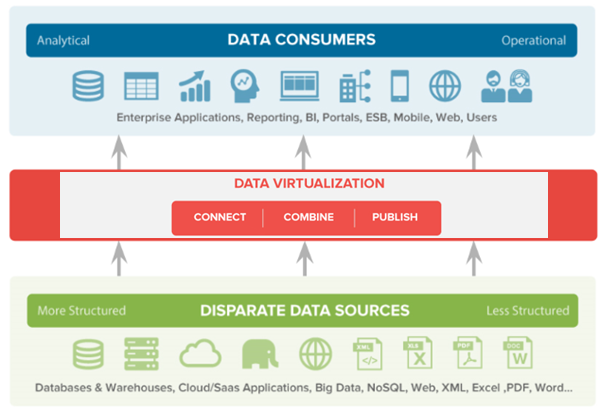
It was 1970 when Simon and Garfunkel released their recording ‘Keep the Customer Satisfied’ on the record-breaking album Bridge Over Troubled Water. The idea of customer satisfaction in those days was met through a smile and the prompt service from someone efficient behind the counter. In most industrialized nations, there’s now over 20% of all retail sales taking place online, and rising at a rate of 10 to 20% each year. Digital transformation of existing businesses and the emergence of new sales models is changing the way retailers and consumers look at customer engagement and customer satisfaction.
Good service and customer insight now requires service providers and retailers to not only know about the historic interactions consumers have had but also likely preferences for new offerings. Marketing teams are looking to gather the data beyond their own corporate systems; aggregating data from email communications from customers, social media comments, relevance of news and media and other time-critical and ever-changing information.
Whilst the notion of a Customer 360° view is easy to explain it has in the past, been much harder in practice for most enterprises to execute. The 90’s and 2000’s saw many enterprises look to CRM and DW to give them the 360 Customer Views they needed, but this has now failed due to the large and growing proportion of interactions that are occurring outside these systems, typically from unstructured data sources such as social media, other web interactions and emails not linked to CRM. Additionally, traditional data warehousing faced the challenges of costly deployment, slow engagement times and delays in time-to-market.
These costs and the lack of agility have led to the rapid growth of data virtualization as the new model; establishing a service layer into which data from all sources, structured and unstructured alike, internal and external data can be referenced (but not actually stored). For Customer 360° this allows the aggregation of data from CRM, data warehousing and unstructured sources into usable and valuable views. Business users and applications are then able to call upon this virtual layer to draw the data from the sources as and when needed, and only if needed. The data virtualization layer aggregates data warehouses, files, big data sources, newsfeeds, as well as smart analytics; all in near-real-time. Customer 720°, as it is now sometimes being called!
Users of data virtualization, are finding these solutions play a critical role in reducing their development time as well as building better data models, providing functions and insights previously not available. Their solutions are providing real-time data to 360° views and also to transactional systems, where aggregation needs are lower and where faster data access is vital to the business.
Through the use of data virtualization, the benefits of all-inclusive customer views are enabling better consumer engagement, more targeted marketing, timely decision making and of course, better customer satisfaction. The business models and IT may have changed but the Simon and Garfunkel song still has relevance today; keeping the customers satisfied!
- Data Mesh and the Future of Financial Services - April 5, 2023
- Data Fabrics, Data Meshes and the role of Data Virtualisation - March 24, 2022
- The Pandemic, Cloud Adoption, and the Future - September 3, 2021

